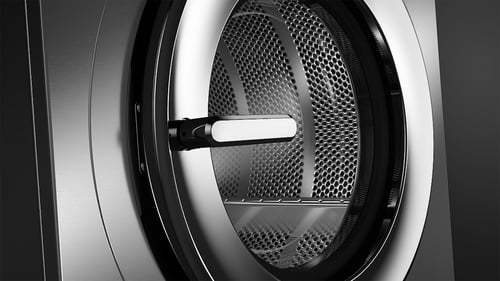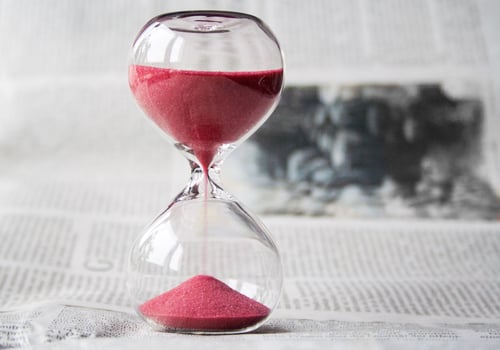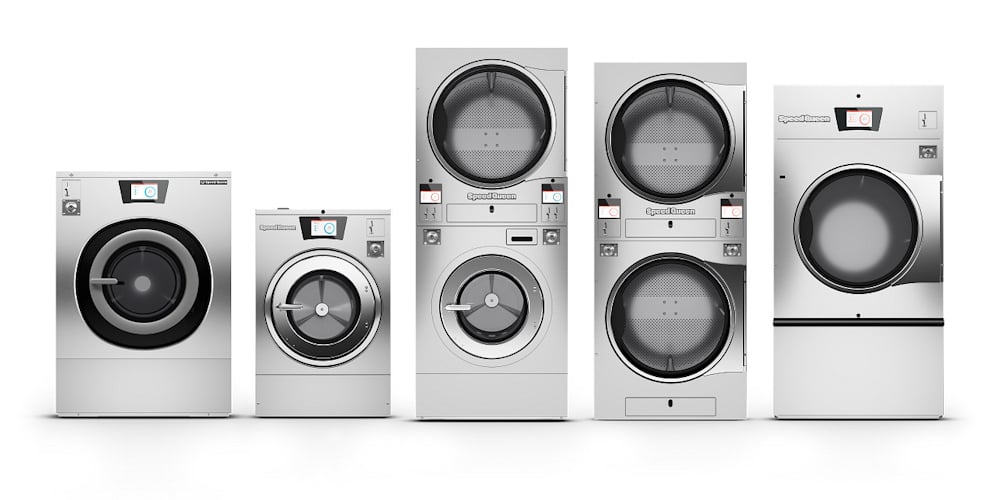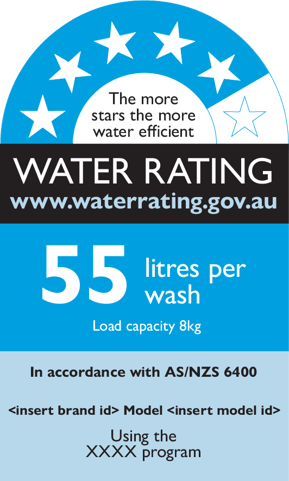If you've ever shopped for a washing machine, you've likely come across the Water Efficiency Labelling Standards (WELS) label. WELS is a system designed to help consumers make informed choices about water-efficient appliances. But what exactly does WELS measure, and how do manufacturers use it to their advantage? This flows through into commercial machine capacity specifications... so read on!

What does WELS measure?
- Average Total Water Consumption: This measures the overall water usage during a typical wash cycle.
- Rinse Performance: How effectively the machine rinses out detergents and residues from the laundry.
- Severity of Wash: This evaluates how thoroughly the machine cleans the clothes.
- Soil Removal: Measures the machine's ability to remove different types of stains and soils.
- Wash of a Normally Soiled Cotton Load: Testing is conducted at the rated load capacity of the machine to determine how well it performs under standard conditions.
- Water Efficiency Rating: This rating is based on total water consumption and rated capacity, indicating the machine's water-saving capabilities.
- Water Extraction: It assesses the machine's ability to remove water from clothes after the wash cycle
The primary purpose of WELS is to measure water efficiency as per AS 6400 standards. However, it also assigns a weight capacity rating to help consumers gauge a washing machine's capacity.
Image credit: https://www.smartwatermark.org/WELS/washing-machines/
How is WELS tested, and used to advantage?
WELS ratings are assigned based on practical tests, but there's a significant limitation: the tests don't account for time.
Variables of effective washing include water amount, heat, chemicals, mechanical action, and time. Manufacturers can take advantage of this by extending the duration of their wash cycles to make their machines appear more efficient and higher in capacity than they would be during regular usage.
For example, a washing machine could be loaded to the maximum and set on a cycle that takes a whopping 300 minutes (5 hours), and it might get rated as an 18kg washer by WELS. On the other hand, another machine (like a Speed Queen), with a larger drum and a more powerful motor, might be rated at 10kg on a 135-minute (2 hours and 15 minutes) cycle. Which machine has more "capacity"? The Speed Queen can wash more per hour than the competitor...!

So how do you tell true capacity? What can't be manipulated?
One thing that can't be manipulated is the capacity of the drum. The litres of the drum don't lie. Speed Queen usually uses a capacity ratio of 10:1 (100 litres = 10kg loads), as a general rule. The capacity rating can vary a little based on what's being washed and from machine to machine (eg motor power has an influence). If you want certainty in knowing which machine is best for you, get in touch with one of our distributors.
In conclusion, it probably shouldn't be surprising that a water efficiency rating isn't a great measure of machine capacity. Manufacturers can exploit the lack of time consideration in testing to present their machines in a more favourable light.
When comparing washing machines, you should really be looking at the litre capacity of each product's drum, or better yet, talk with someone to find the ideal solution for your business! After all, capacity is just one element in the mix.
Still have questions? Get in touch with our experts to find out more!


